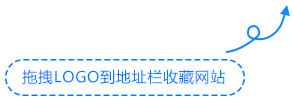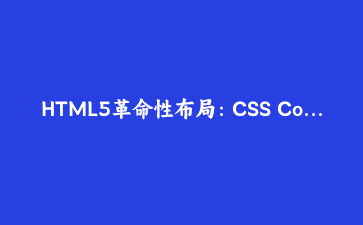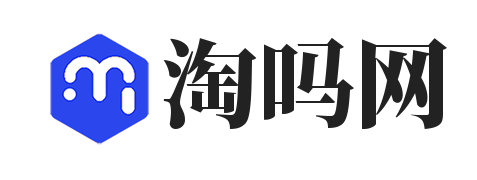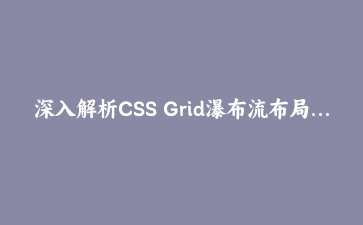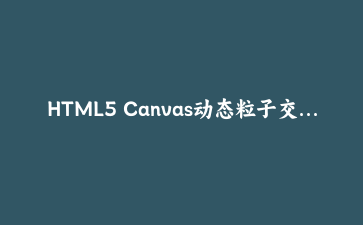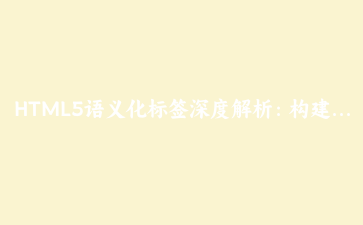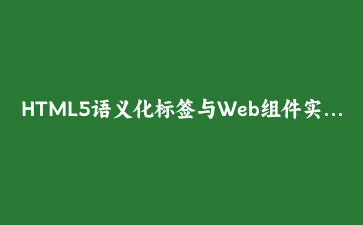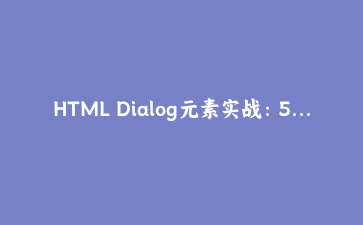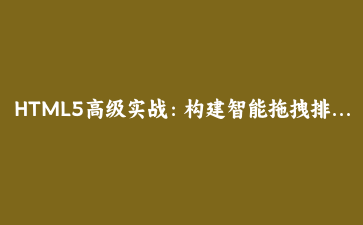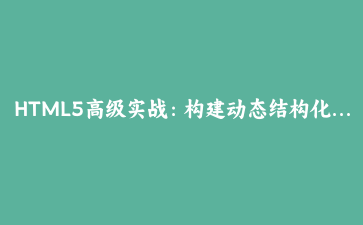HTML5革命性布局:CSS Container Queries实现真正组件级响应式设计
一、容器查询核心原理
突破传统媒体查询限制的组件自适应方案:
<div class="product-card">
<img src="product.jpg" alt="示例产品">
<div class="content">
<h3>产品名称</h3>
<p>产品描述内容...</p>
<div class="footer">
<span>$199</span>
<button>购买</button>
</div>
</div>
</div>
<style>
.product-card {
container-type: inline-size;
container-name: product;
}
/* 基于容器宽度的样式调整 */
@container product (min-width: 350px) {
.product-card {
display: grid;
grid-template-columns: 120px 1fr;
gap: 1rem;
}
}
@container product (min-width: 600px) {
.product-card {
grid-template-columns: 1fr;
box-shadow: 0 4px 12px rgba(0,0,0,0.1);
}
.footer {
display: flex;
justify-content: space-between;
}
}
/* 容器单位应用 */
.price {
font-size: clamp(1rem, 3cqw, 1.5rem);
}
</style>核心优势:组件自治、布局精确控制、代码解耦、维护性提升
二、高级应用模式
1. 动态表单布局
<div class="form-container">
<div class="form-group">
<label>用户名</label>
<input type="text">
</div>
</div>
<style>
.form-container {
container-type: inline-size;
}
.form-group {
display: grid;
gap: 0.5rem;
}
@container (min-width: 300px) {
.form-group {
grid-template-columns: 100px 1fr;
align-items: center;
}
}
@container (min-width: 500px) {
.form-group {
grid-template-columns: 150px 1fr;
}
input {
padding: 0.75rem;
}
}
</style>2. 自适应导航栏
<nav class="nav-container">
<a href="#" rel="external nofollow" rel="external nofollow" rel="external nofollow" class="logo">品牌</a>
<div class="nav-links">
<a href="#" rel="external nofollow" rel="external nofollow" rel="external nofollow" >产品</a>
<a href="#" rel="external nofollow" rel="external nofollow" rel="external nofollow" >服务</a>
</div>
</nav>
<style>
.nav-container {
container-type: inline-size;
display: flex;
gap: 1rem;
}
@container (max-width: 600px) {
.nav-container {
flex-direction: column;
}
.nav-links {
display: grid;
gap: 0.5rem;
}
}
@container (min-width: 900px) {
.nav-container {
justify-content: space-between;
}
.nav-links {
display: flex;
gap: 2rem;
}
}
</style>三、创意布局实战
1. 杂志风格排版
<div class="magazine">
<article class="featured">
<h2>头条新闻</h2>
<img src="news.jpg" alt="">
</article>
<article class="secondary">
<h3>次要新闻</h3>
</article>
</div>
<style>
.magazine {
container-type: inline-size;
display: grid;
grid-template-columns: repeat(8, 1fr);
}
.featured {
container-type: inline-size;
grid-column: span 5;
}
.secondary {
container-type: inline-size;
grid-column: span 3;
}
@container (min-width: 400px) {
.featured {
display: grid;
grid-template-columns: 1fr 1fr;
}
.featured img {
grid-row: span 2;
}
}
@container (min-width: 800px) {
.secondary {
display: grid;
grid-template-rows: subgrid;
}
}
</style>四、生产环境最佳实践
- 渐进增强:为不支持浏览器提供媒体查询降级方案
- 命名容器:使用container-name提高代码可读性
- 性能优化:避免过度嵌套容器查询
- 调试技巧:使用Chrome DevTools容器查询检查器
- 设计协作:建立容器断点设计规范
